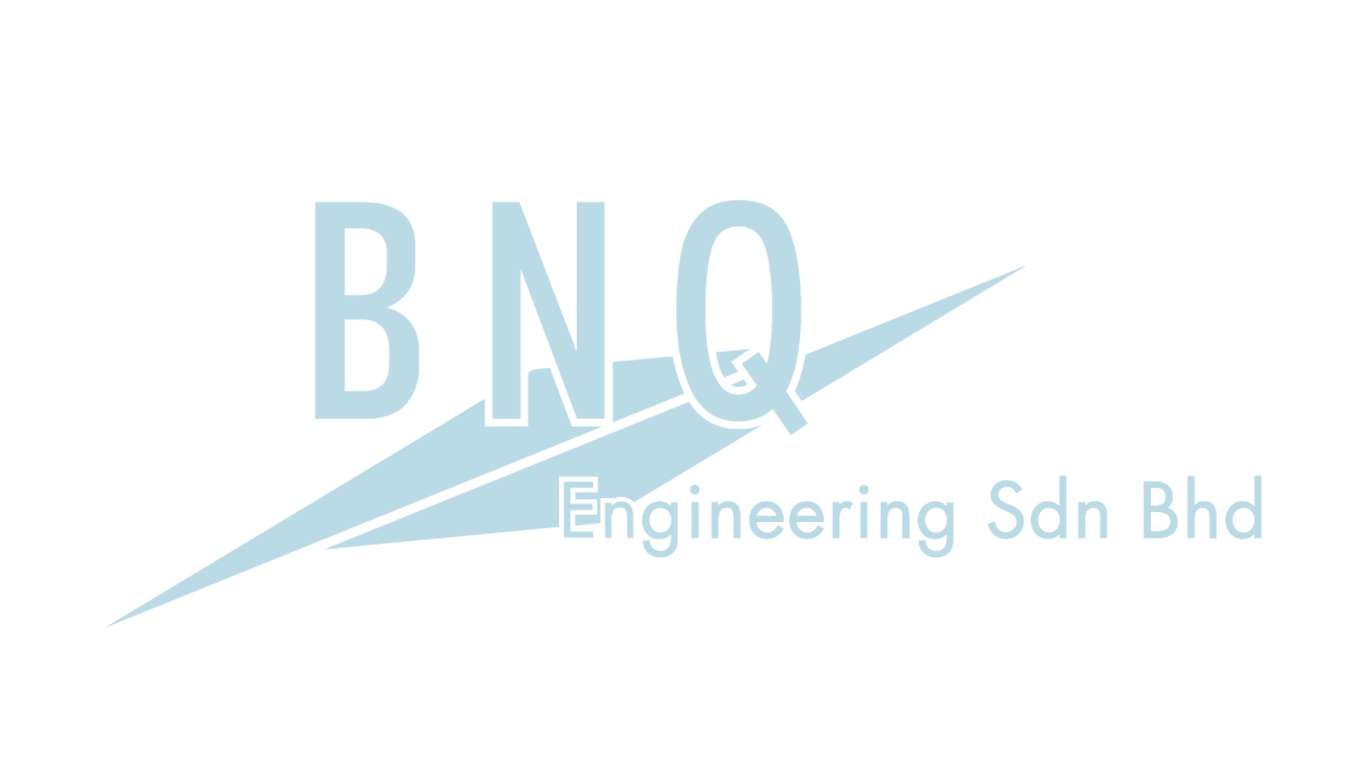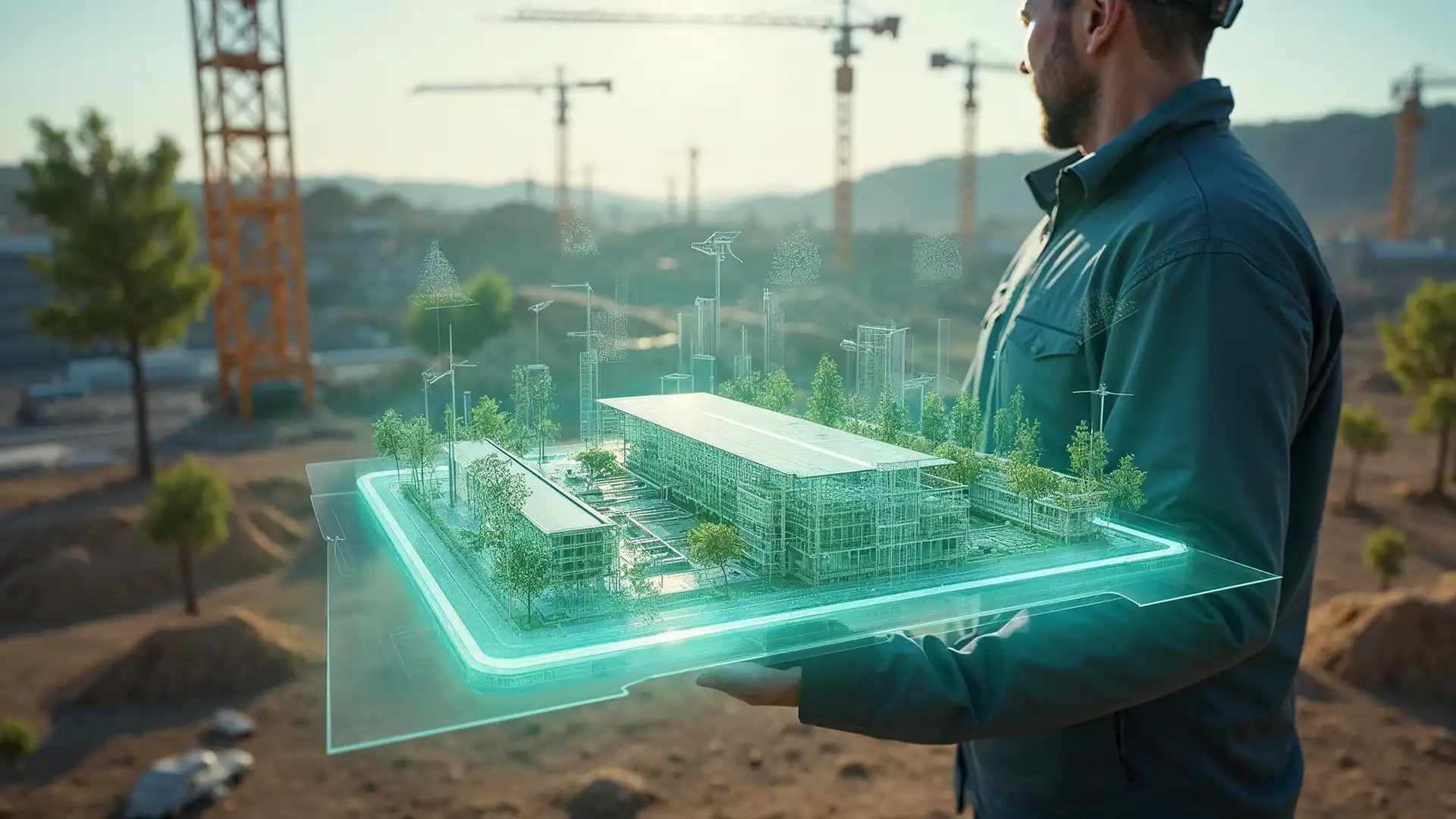In today’s construction landscape, sustainability isn’t a trend—it’s fast becoming a requirement. Whether you’re expanding a factory or upgrading utilities, how you build matters just as much as what you build.
As we mark World Environment Day, it’s a good time to ask:
How can industrial projects grow without leaving a bigger footprint?
At BNQ Engineering, we work with clients who are thinking about the long game—not just the handover. And that’s exactly where sustainable thinking starts.
Sustainability in Industrial Projects: What It Really Looks Like
When people hear “green building,” they often picture solar panels or high-tech systems. But in the industrial space, sustainability often starts with practical decisions made early on—long before equipment is installed or the first foundation is poured.
Here’s what it looks like on real-world projects:
1. Designing for Long-Term Use
Smart layout planning, modular expansion capability, and efficient circulation all reduce future rework, waste, and energy use. A good design today saves cost—and carbon—tomorrow.
2. Reducing Material Waste
Careful planning of structural works, mechanical routing, and on-site coordination helps minimize overuse, leftover materials, and demolition-related waste. It’s not glamorous, but it makes a big difference.
3. Retrofitting Instead of Rebuilding
When we upgrade rather than demolish, we help clients preserve structure, reduce landfill waste, and cut down on embodied carbon. Retrofit projects are not only cost-effective—they’re also kinder to the planet.
4. Planning for Easier Maintenance
Facilities that are easier to maintain are inherently more sustainable. We design and build with access, durability, and serviceability in mind—because a well-maintained facility runs cleaner, uses less energy, and lasts longer.
Why This Matters More in 2025
With Malaysia’s Energy Efficiency and Conservation Act (EECA 2024) now in effect, businesses operating large buildings or energy-intensive facilities are being encouraged to adopt more efficient practices and plan for long-term sustainability.
This applies especially to:
- Manufacturing plants
- Semiconductor and biotech facilities
- Logistics and warehousing operations
While we focus on the construction and infrastructure side, our team supports clients in aligning their builds with evolving standards—from selecting materials to integrating smart design features that reduce inefficiencies and improve performance.
How BNQ Supports Smarter, Greener Building
We’re not here to throw around buzzwords. But we are committed to doing things right, building efficiently, and helping our clients future-proof their infrastructure.
Here’s how we contribute to more sustainable outcomes:
- We reduce waste through better planning
- We support retrofits and upgrades to avoid unnecessary rebuilds
- We apply construction methods that prioritize durability and long-term value
Because a facility that works well for 20+ years—with minimal disruption and maximum efficiency—is sustainable by design.
Final Thoughts: Ask This Before You Build
If you’re planning a new facility, renovation, or expansion, consider asking:
“Will this still serve us well in 10 years?”
“Can we design this in a way that reduces waste and rework?”
“Are we building something that’s easy to maintain and upgrade?”
At BNQ, we believe that responsible construction is about making choices today that still make sense tomorrow. It’s not just about going bigger—it’s about going better, with purpose and perspective.


